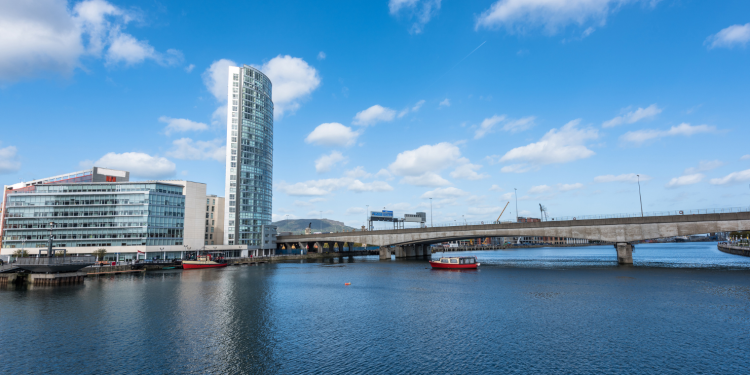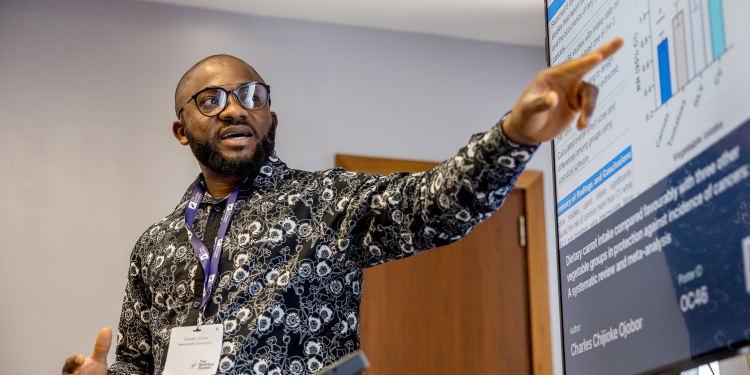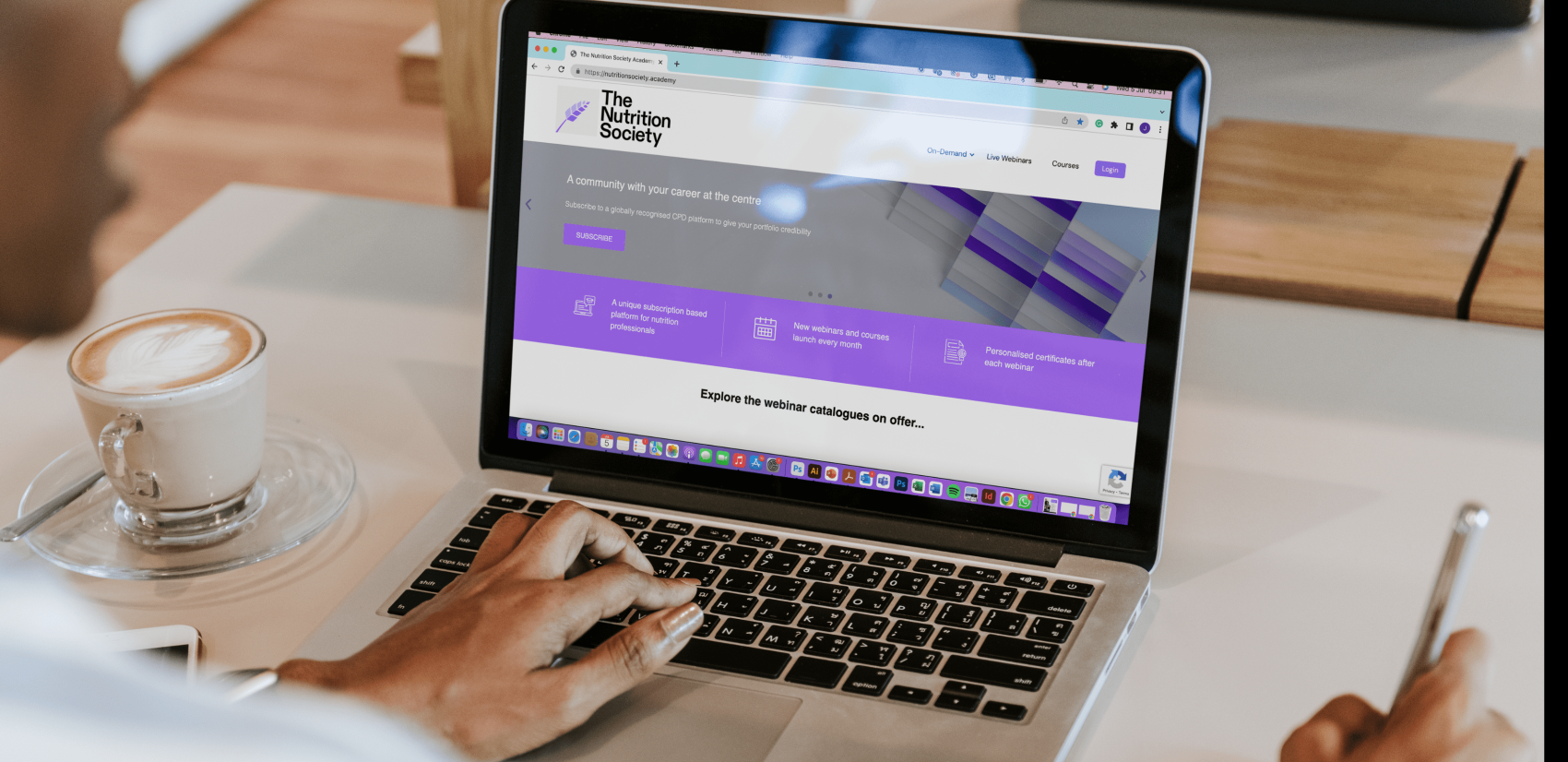
Interested in contributing to research in nutrition?
The Nutrition Society, formed in 1941, is a diverse community with the independence and courage to challenge, question and progress forward the field of nutrition.
We provide access to the latest thinking on the role nutrition plays in human and animal health. Giving you guidance on how to apply it to your own research and help you connect with other scientists.
Together as a community, we accelerate the development of excellent evidence-based nutritional science, for an informed and healthier society.
Connect. Share. Grow.
Not a member yet? With a community of over 2,500 members, we welcome members from around the world, regardless of their level of expertise.
With access to training, tools and funding opportunities, we are building the next generation of nutrition professionals.
Be part of the advancement of nutritional science and join today.

Nutrition Society Congress 2024
/events/nutrition-society-congress-2024Unique to the new Congress (previously the Summer Conference) is that you will have greater opportunity to engage with more nutrition science than ever before. Wonder if the congress is for you? The theme of these symposia will be ‘new data – focused approaches and challenges’.

Call for abstracts
Scottish Conference 2024
/events/scottish-section-conference-2024-circadian-rhythms-health-and-diseaseSubmit your abstract to present at one of our leading conferences. All accepted authors present in a dedicated session giving you a chance to showcase your research and have it published in Proceedings of the Nutrition Society.

Power up your career
Power up your career with the "Netflix for nutrition"!
Subscribe to benefit from unlimited access to live and on-demand webinars from as little as £2 per month, with the promise of new content every month.
What they say about us
Thank you to the Society for an excellent Student Conference. On top of interesting lectures and workshops, it was also an amazing opportunity for networking and to be surrounded by other nutrition students!
This was me last year, thinking about whether to put in an abstract. I did, and guess what? I WON, the experience was 100% fantastic, definitely a PhD highlight!